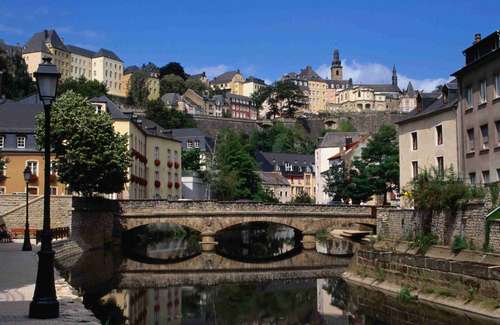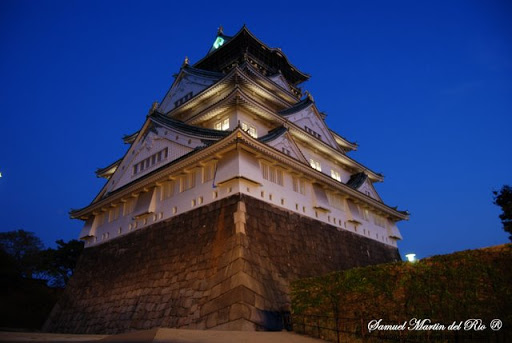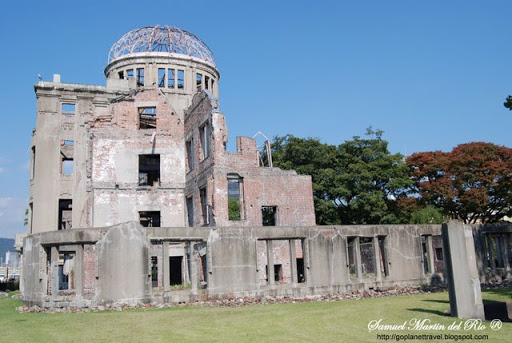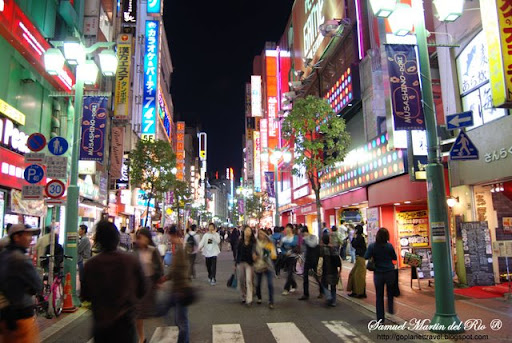Hawaii Volcanoes National Park, established in 1916, is a United States National Park located in the U.S. State of Hawai'i on the island of Hawai'i. It displays the results of hundreds of thousands of years of volcanism, migration, and evolution—processes that thrust a bare land from the sea and clothed it with complex and unique ecosystems and a distinct human culture. The park encompasses diverse environments that range from sea level to the summit of the earth's most massive volcano, Mauna Loa at 13,677 feet. Kīlauea, one of the world's most active volcanoes, offers scientists insights on the birth of the Hawaiian Islands and visitors' views of dramatic volcanic landscapes. The park includes 505 mi² (1348 km²) of land.
Over half of the park is designated wilderness and provides unusual hiking and camping opportunities. In recognition of its outstanding natural values, Hawaii Volcanoes National Park has been designated as an International Biosphere Reserve in 1980 and a World Heritage Site in 1987.
The volcanic activity generated in Hawaii Volcanoes National Park helped create Kalapana and other black sand beaches.
Within the park boundaries are the Thurston Lava Tube, a lava tube approximately 540 years old with a short hiking trail running through it, and the Kīlauea Caldera, skirted by the Volcano House Hotel, the Hawaiian Volcano Observatory, and the Jaggar Museum.

There is an undeveloped stretch of the Thurston Lava Tube which extends an additional 330 meters beyond the developed area and dead-ends into the hillside. Though it is blocked by a chain link fence to keep unwary visitors from entering, the easily traversed stretch is in fact open to the public and accessible through a gate in the fence. Visitors to the undeveloped stretch should exercise caution on the brief climb down to the tube floor due to the rough terrain. Once past the entrance, the rest of the walk is on even ground.
Spanish:
La lava no se para por nada ni ante nadie y aqui una prueba de ello, donde había una carretera, ya solo queda una señal indicando que la carretera esta cerrada, cosa que por otra parte es bastante evidente. En una erupción inesperada nos persiguió la lava y tuvimos que correr para escapar de ella aunque a mi me cogió una pierna como podeis ver en la foto pudimos salir vivos de esta.
bastante evidente. En una erupción inesperada nos persiguió la lava y tuvimos que correr para escapar de ella aunque a mi me cogió una pierna como podeis ver en la foto pudimos salir vivos de esta.
Over half of the park is designated wilderness and provides unusual hiking and camping opportunities. In recognition of its outstanding natural values, Hawaii Volcanoes National Park has been designated as an International Biosphere Reserve in 1980 and a World Heritage Site in 1987.
The volcanic activity generated in Hawaii Volcanoes National Park helped create Kalapana and other black sand beaches.
Within the park boundaries are the Thurston Lava Tube, a lava tube approximately 540 years old with a short hiking trail running through it, and the Kīlauea Caldera, skirted by the Volcano House Hotel, the Hawaiian Volcano Observatory, and the Jaggar Museum.

There is an undeveloped stretch of the Thurston Lava Tube which extends an additional 330 meters beyond the developed area and dead-ends into the hillside. Though it is blocked by a chain link fence to keep unwary visitors from entering, the easily traversed stretch is in fact open to the public and accessible through a gate in the fence. Visitors to the undeveloped stretch should exercise caution on the brief climb down to the tube floor due to the rough terrain. Once past the entrance, the rest of the walk is on even ground.
Spanish:
La lava no se para por nada ni ante nadie y aqui una prueba de ello, donde había una carretera, ya solo queda una señal indicando que la carretera esta cerrada, cosa que por otra parte es



































































































No comments:
Post a Comment